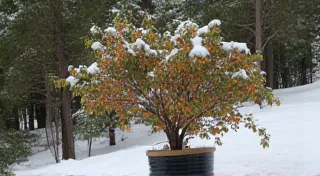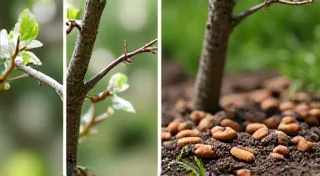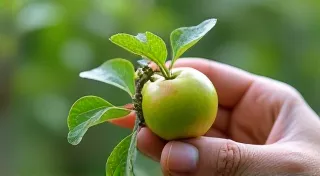Container Size Matters: A Comprehensive Guide to Potting Dwarf Fruit Trees
Choosing the right container size is critical for healthy dwarf fruit tree growth. This article explains the ideal pot dimensions for different fruit tree types and stages of growth.
Why Container Size is So Important
When growing dwarf fruit trees in containers, the container isn’t just a holder for the soil; it’s a defining factor in the tree's health and productivity. Choosing a container that’s too small restricts root growth, leading to stunted growth, nutrient deficiencies, and poor fruiting. Conversely, a container that’s far too large can hold excessive moisture, increasing the risk of root rot.
Rootbound trees, where roots have circled the inside of the container, are common with improperly sized pots. This severely limits nutrient and water uptake, even if you're providing adequate fertilization and watering. Ultimately, the container provides a limited growing environment, and it's vital to manage that space effectively.
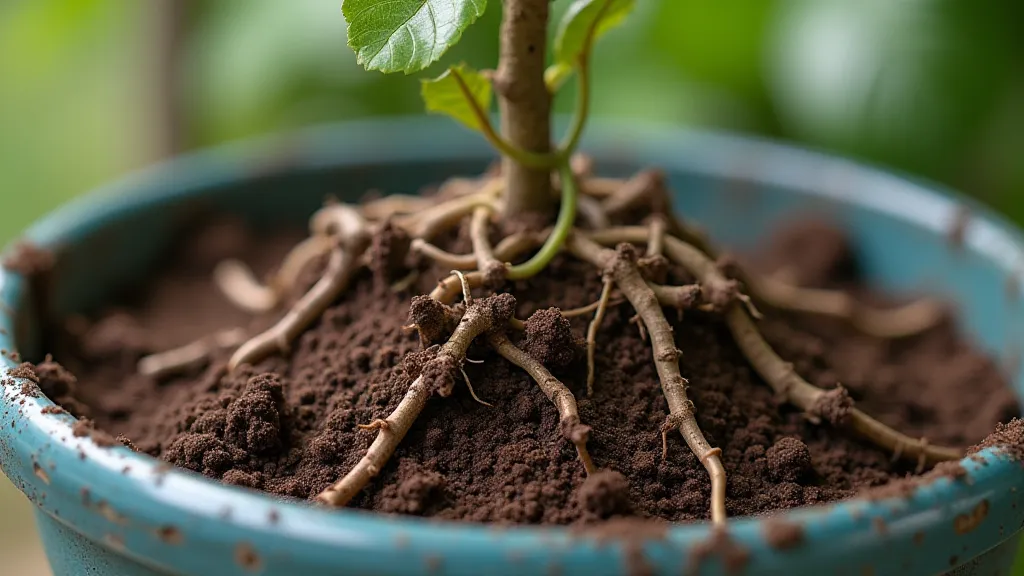
Understanding the Stages of Growth & Potting Needs
The ideal container size isn't a one-size-fits-all solution. It changes as your dwarf fruit tree grows. Here’s a breakdown:
Newly Planted Seedlings/Saplings (First Year)
When you first receive a dwarf fruit tree seedling or sapling, it will likely be in a smaller nursery pot. When transplanting, choose a container that's only 1-2 inches larger in diameter than the nursery pot. A container around 8-12 inches in diameter and 10-14 inches deep is often sufficient. This prevents the soil from drying out too quickly while still allowing some room for initial root expansion.
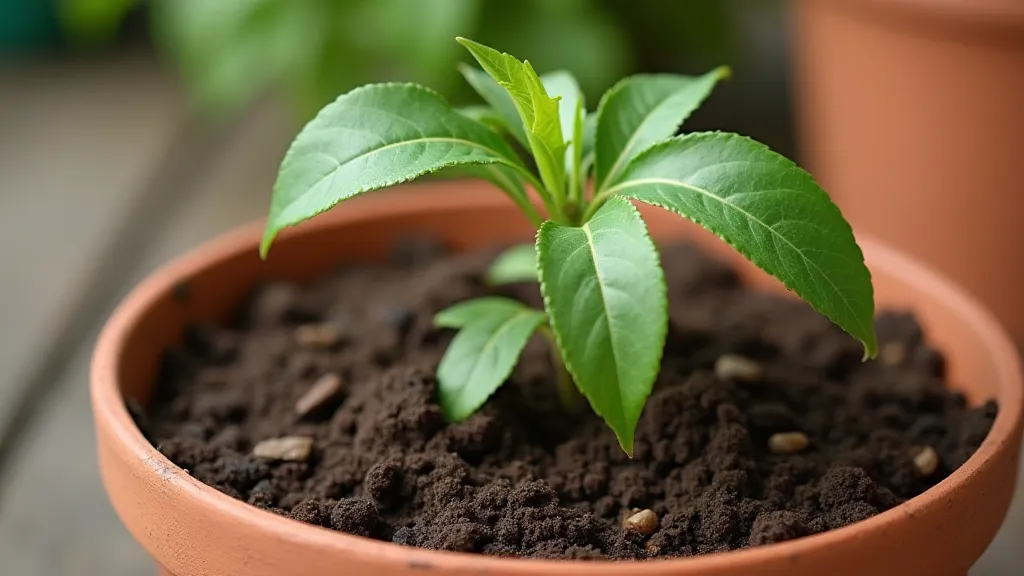
Younger Trees (1-3 Years)
As your tree grows, it will need a larger container to accommodate its expanding root system. For most dwarf fruit trees in this stage, a pot that’s 14-18 inches in diameter and 16-20 inches deep is a good choice. Inspect the roots annually. If they are circling the bottom of the pot, it’s time to repot into a larger container.

Mature, Fruiting Trees (4+ Years)
Mature, fruiting dwarf fruit trees require even more space for their roots to thrive and produce abundant fruit. A container that’s 20-24 inches in diameter and 20-24 inches deep is often necessary. Keep a close eye on the tree’s health. Signs of stress, like leaf drop or poor fruit set, could indicate that the container is becoming too small.
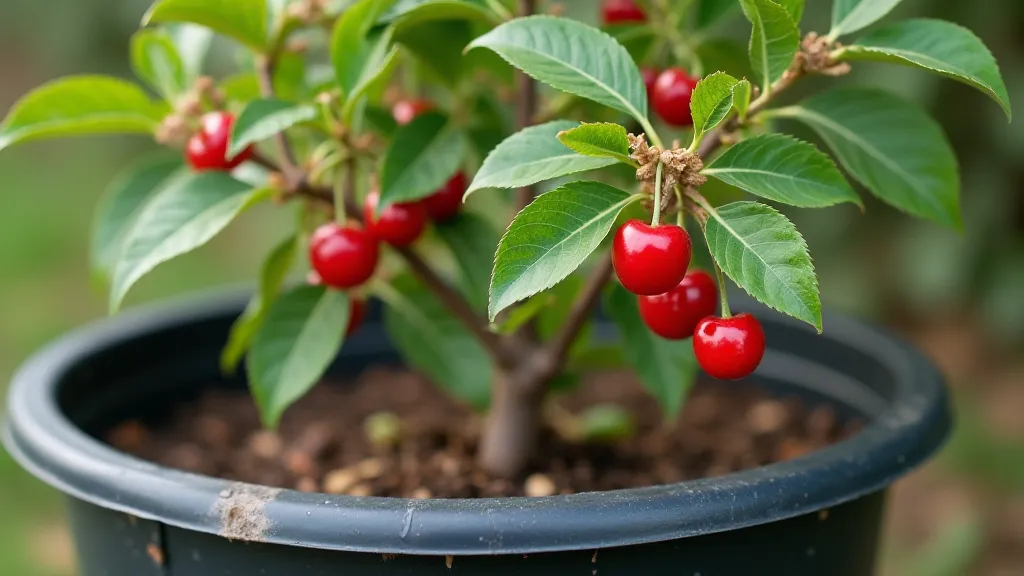
Choosing the Right Material
The material of the container also plays a role. Plastic pots are lightweight and retain moisture well, which can be beneficial in hot climates. Terra cotta pots are porous, allowing for better aeration and faster drying, which can be preferable in humid climates. Ensure the container has adequate drainage holes to prevent root rot.

Repotting - A Yearly Check-Up
Repotting every 1-2 years is generally recommended for dwarf fruit trees in containers. This provides a refresh of nutrients, allows for root pruning (trimming circling roots), and provides the opportunity to move to a larger container if needed. Spring is usually the best time to repot.
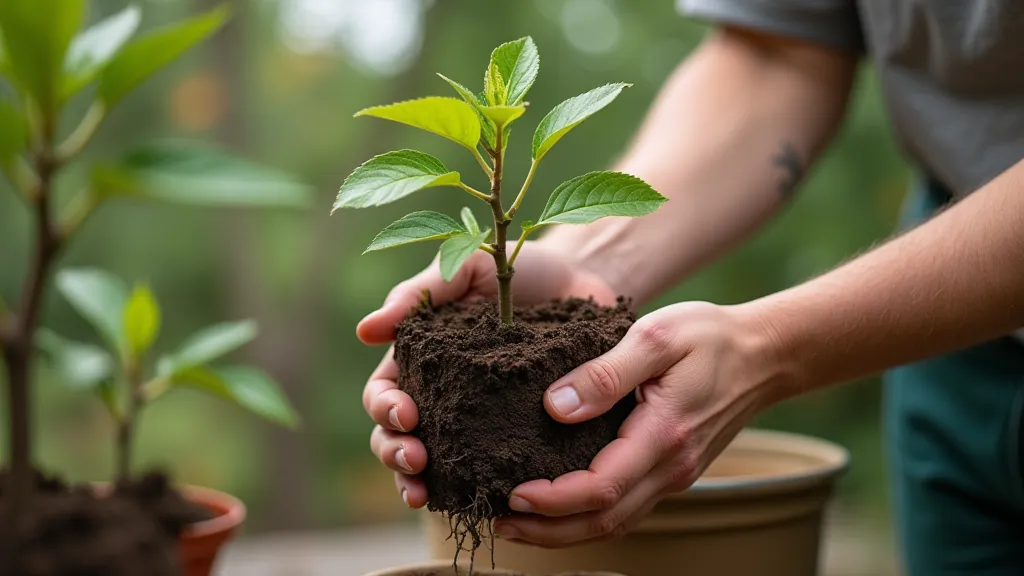
Conclusion
Proper container size is a cornerstone of successful dwarf fruit tree cultivation in containers. By understanding the growth stages and selecting the right pot material, you’re giving your trees the best possible chance to flourish and provide you with delicious, homegrown fruit. Remember to regularly inspect your trees and repot as needed. Happy gardening!
